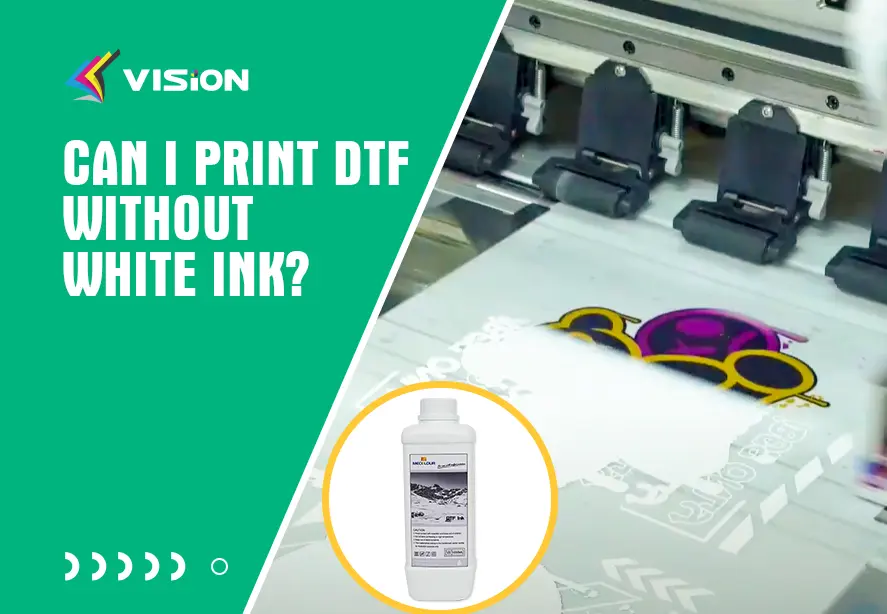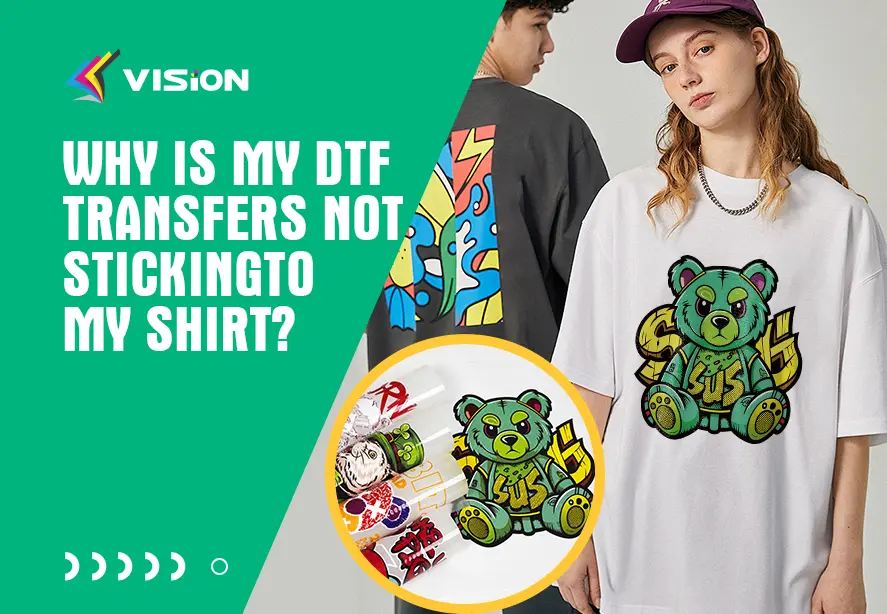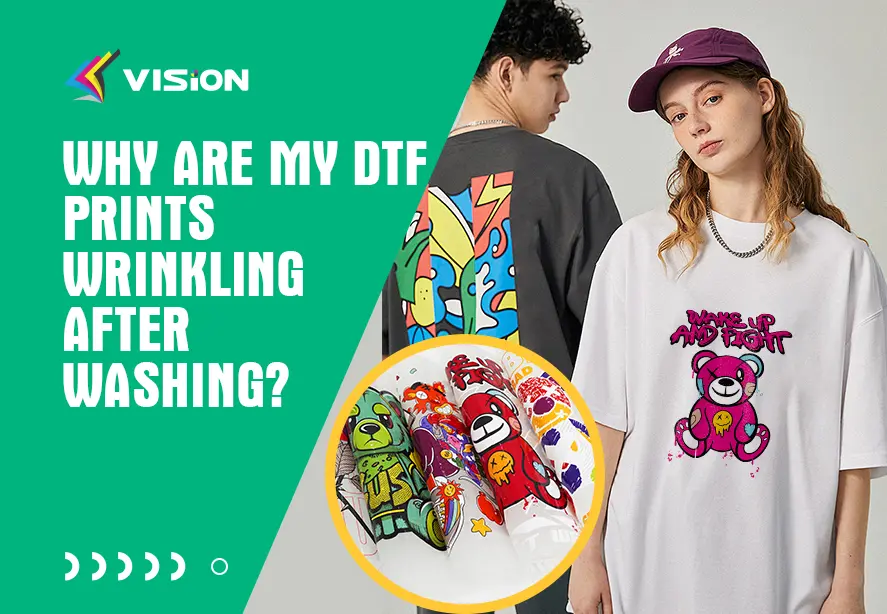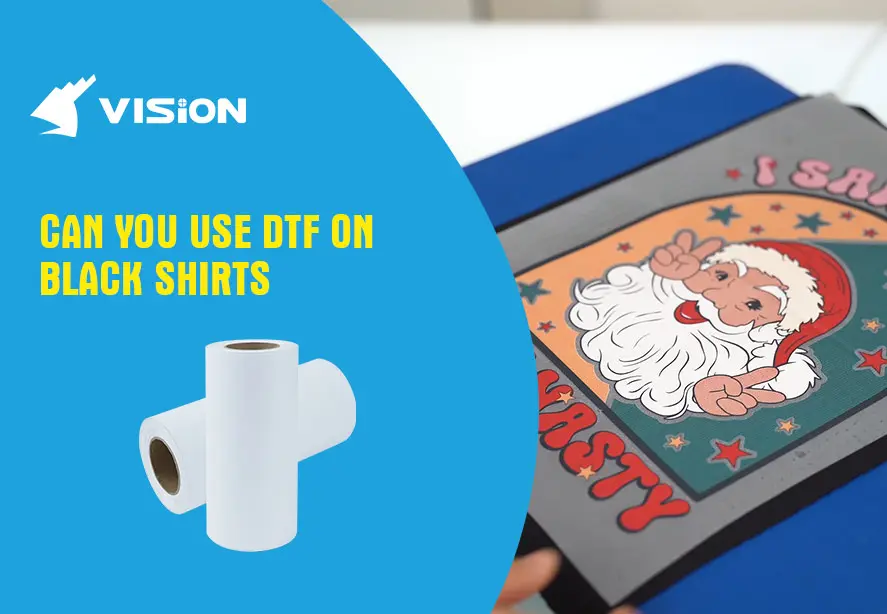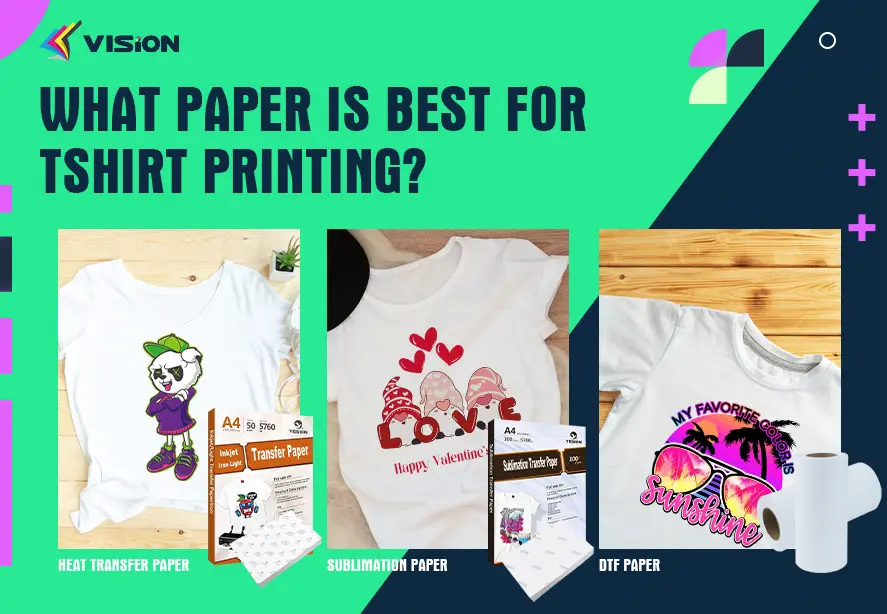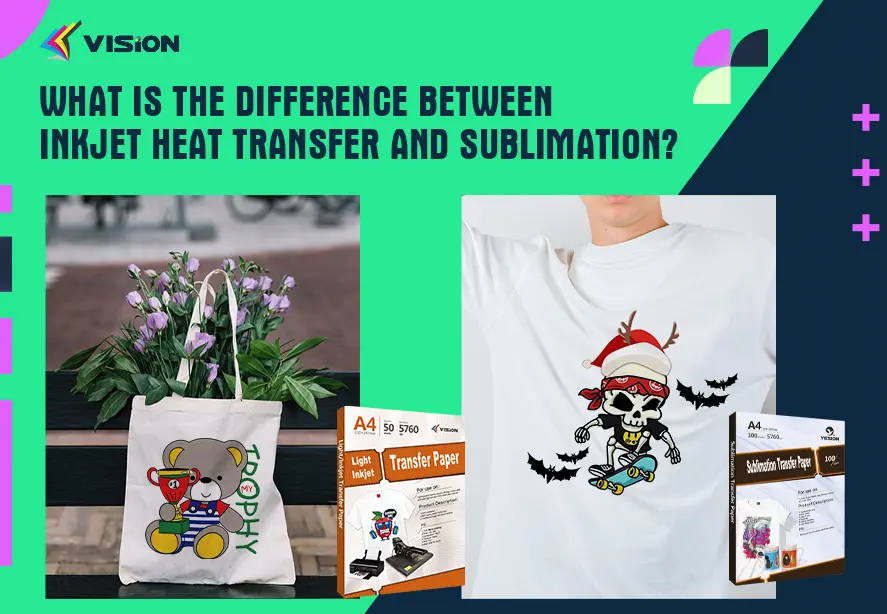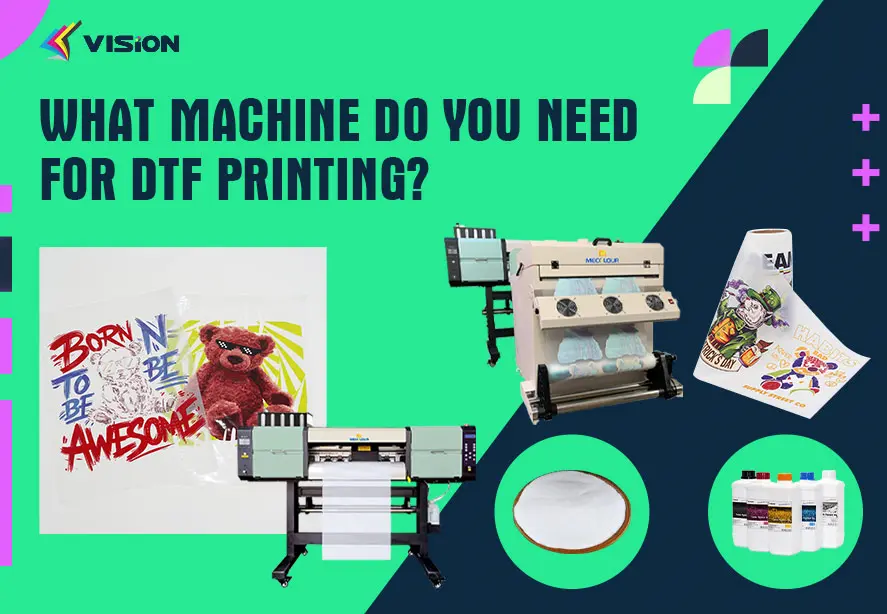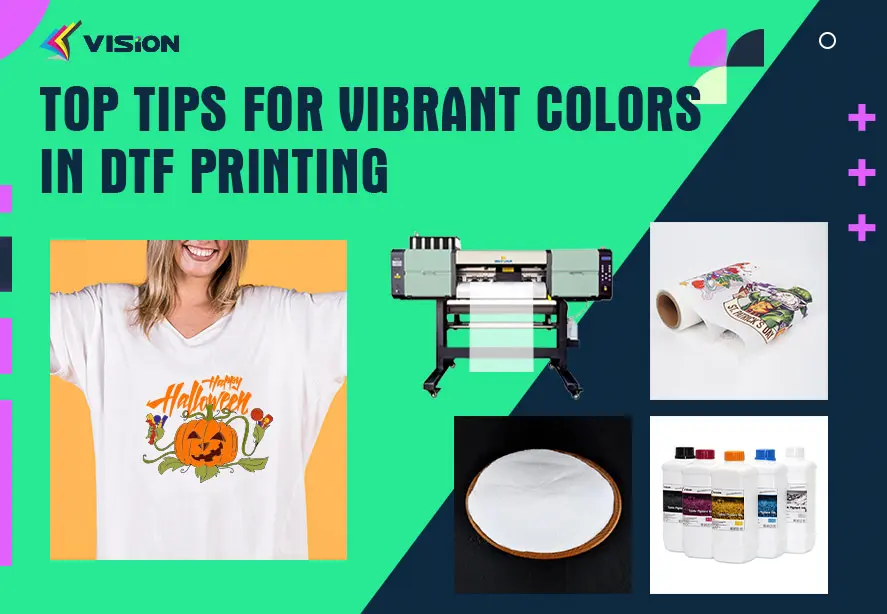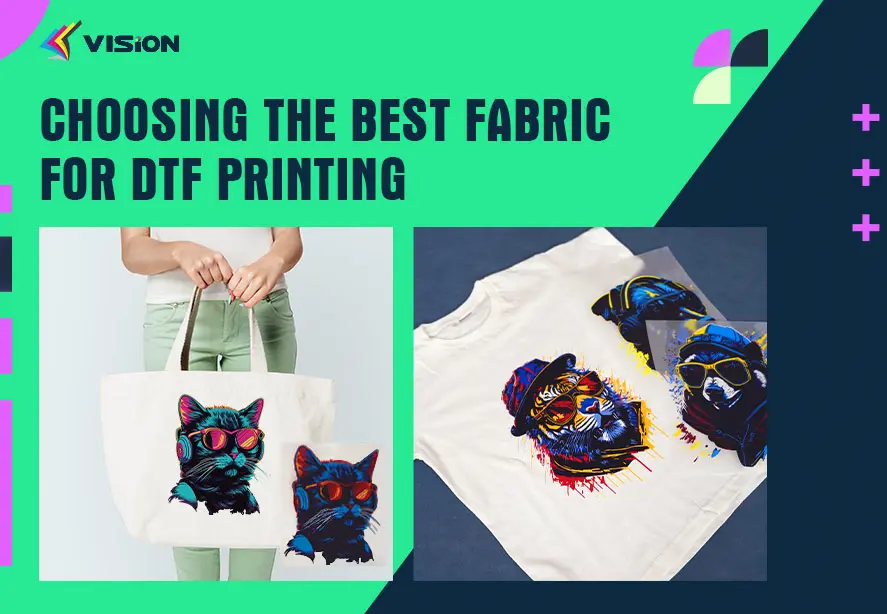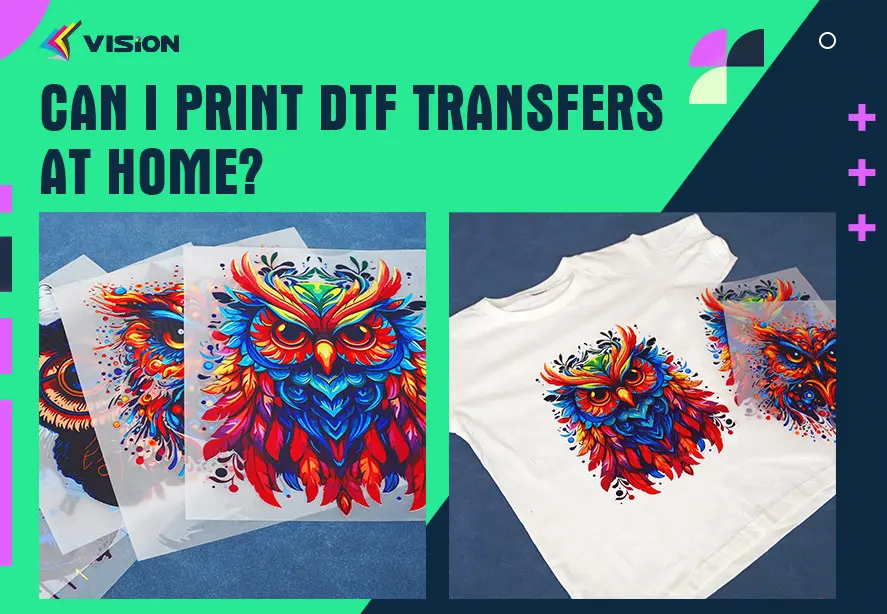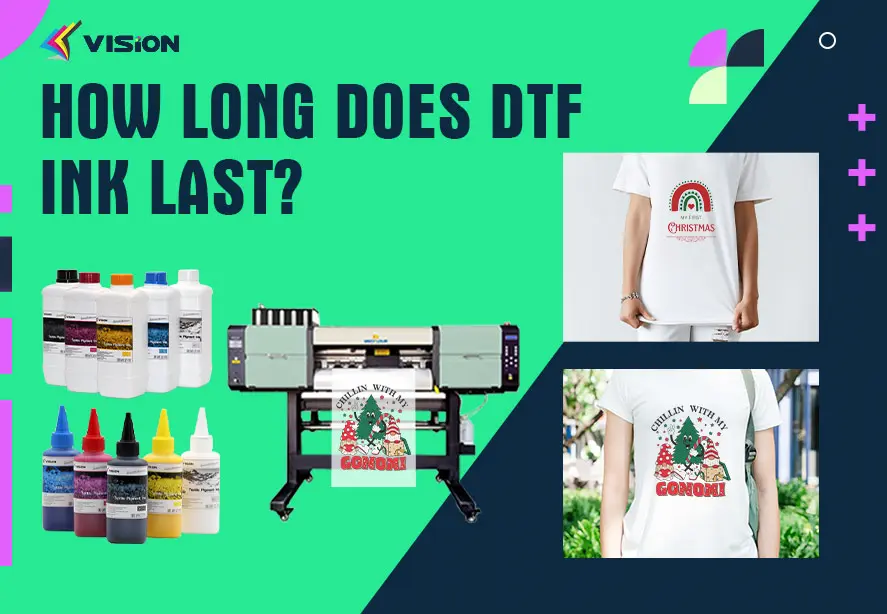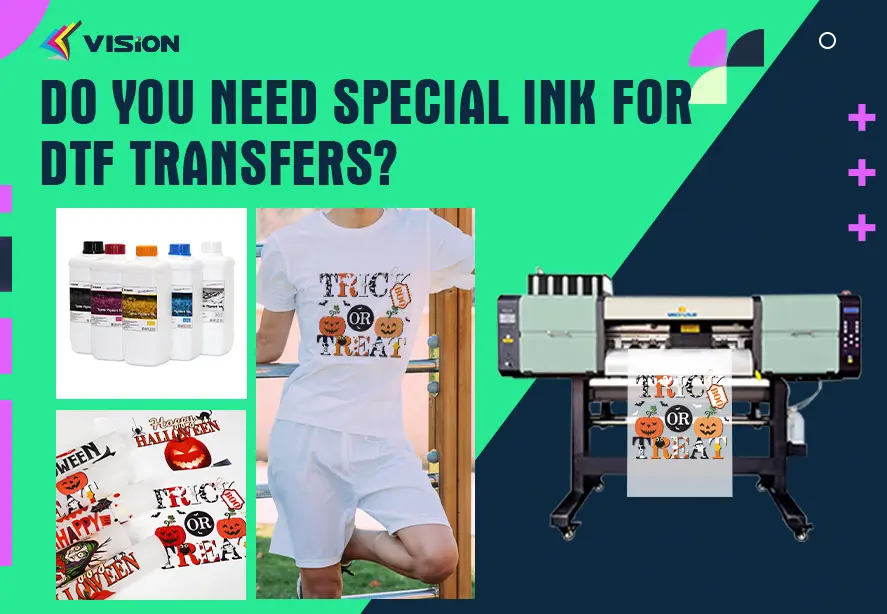Does DTF last as long as sublimation?
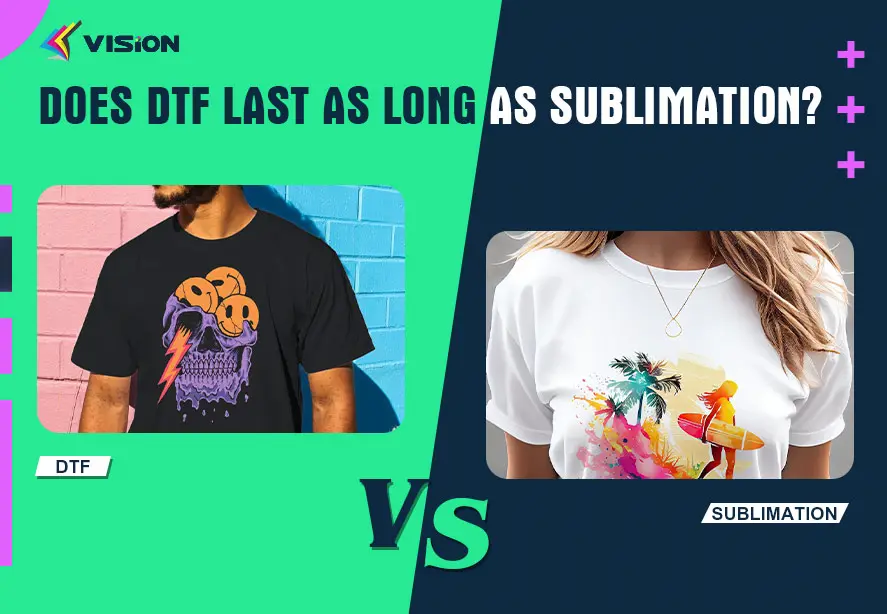
When comparing the longevity of DTF (Direct-to-Film) printing to sublimation, it’s important to consider several factors that affect the durability of printed designs on textiles. While both methods can produce high-quality prints, they have different characteristics that influence their longevity.
DTF Printing
DTF Prints
DTF printing is known for its durability and wash-fastness. The process involves printing designs onto a special film using water-based inks, which are then transferred to the fabric using a hot-melt adhesive powder. This method creates a strong bond between the ink and the fabric, resulting in prints that can withstand multiple washes and regular wear.
One of the advantages of DTF printing is its versatility. It can be used on a wide range of fabrics, including cotton, polyester, and blended materials. This flexibility allows for consistent results across different types of garments, which can contribute to the overall longevity of the prints.
DTF Printing Durability
With proper application and care, DTF prints can last through numerous washes. The longevity of DTF depends on several factors:
Quality of Materials: High-quality DTF films and powders improve the print’s durability.
Application Process: Correct heat pressing ensures strong adhesion to the fabric.
Care Instructions: Following proper washing guidelines (e.g., cold wash, gentle cycle) helps prolong the lifespan.
How to use rainbow reflective DTF film steps by steps?
Sublimation Printing
Sublimation Prints
Sublimation, on the other hand, is a process where special inks are heated and turned into a gas, which then penetrates and bonds with polyester fibers. This creates a permanent print that becomes part of the fabric itself. Sublimation prints are known for their vibrant colors and ability to withstand repeated washing without fading or cracking.
However, sublimation has limitations. It works best on white or light-colored polyester fabrics, as the process relies on the dye bonding with the polyester fibers. This restriction can affect the overall longevity of sublimation prints on certain types of garments or materials.
Sublimation Durability
Sublimation prints tend to be more durable than DTF because the ink infuses directly into the fabric. This method creates vibrant, long-lasting prints that won’t fade, crack, or peel over time. Sublimation, however, works best on polyester fabrics, limiting its use to specific materials.
How To Use Instant dry Sublimation Paper With Epson Printers?
Which Lasts Longer?
Sublimation generally outlasts DTF in terms of overall print life, especially when it comes to color vibrancy and resistance to wear. However, DTF is more versatile in terms of fabric compatibility and is still very durable if properly maintained. For high-durability prints on non-polyester fabrics, DTF is an excellent option.
In conclusion, while both DTF and sublimation can produce long-lasting prints, DTF may have an edge in terms of versatility and application across different fabric types. Sublimation, when used on appropriate materials, can offer excellent longevity with vibrant, permanent prints. The choice between the two methods should depend on the specific requirements of your project, the types of fabrics you’re working with, and the desired end result.


